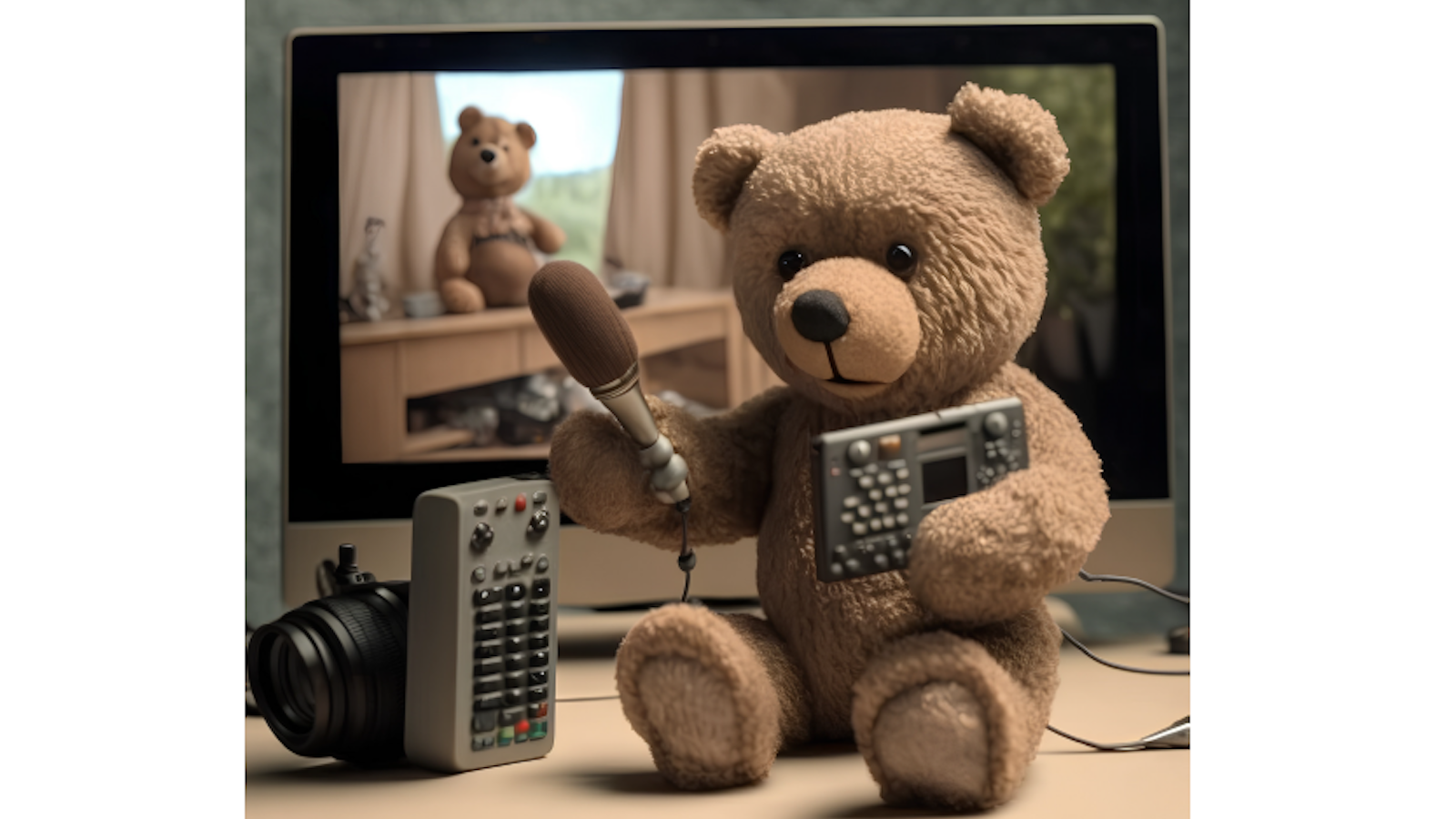
Trouble in Toyland
The 26th Annual Survey of Toy Safety
The 2011 Trouble in Toyland report is our 26th annual survey of toy safety. In this report, we provide safety guidelines for consumers when purchasing toys for young children and provide examples of toys currently on store shelves that may pose potential safety hazards.
Downloads
The 26th Annual Survey of Toy Safety
TexPIRG
Executive Summary
The 2011 Trouble in Toyland report is our 26th annual survey of toy safety. In this report, we provide safety guidelines for consumers when purchasing toys for young children and provide examples of toys currently on store shelves that may pose potential safety hazards.
Over the past twenty five years, the report has identified hazards in toys and children’s products that could cause an acute injury from small parts that pose a choking hazard, to strangulation hazards from cords on pull toys, to laceration hazards from edges that are too sharp and to toxics hazards posed by toys. Our report has led to at least 150 recalls and other regulatory actions over the years, and has helped us to advocate for stronger federal laws to protect children from unsafe products. This report continues to be an important endeavor in keeping children, particularly babies and toddlers safe, as the majority of all injuries happen to children in the 0-2 age range.
The enactment of the Consumer Product Safety Improvement Act (CPSIA) of 2008 made great strides in toy safety and strengthened the ability of the Consumer Product Safety Commission CPSC to protect consumers, including the littlest consumers—children. Although in 2011 policymakers delayed implementation of its most stringent lead standard rules and enacted some narrow exceptions, on the whole the law has been protected from being weakened. However, we remain vigilant as a variety of regulatory threats to the CPSC’s tools and authority remain under consideration by policymakers.
We Looked For Common Hazards in Toys
We visited numerous national toy stores, malls and dollar stores in September and October 2011 to identify potentially dangerous toys. Our researchers examined the CPSC notices of recalls and other regulatory actions to identify trends in toy safety. Our investigation is focused on toys that posed a potential toxic, choking, strangulation or noise hazard. Our list of dangerous toys is in no way exhaustive, it represents a small sampling of the toys that can be found for sale.
Our Key Findings Include:
Lead Continues to be a Hazard in Toys
Exposure to lead can affect almost every organ and system in the human body, especially the central nervous system. Lead is especially harmful to the brains of young children and has no business in children’s products. This year our investigators found 2 toys whose lead levels exceeded the current 300ppm standard set by the CPSIA and one additional toy that exceeded its prospective 100ppm standard; we found 4 additional toys that exceeded the American Academy of Pediatrics recommendation that lead levels in toys should not exceed 40ppm.
Phthalates in Toys
Numerous studies have documented the potential negative health effects of exposure to phthalates in the womb or in child development. U.S. EPA studies show the cumulative impact of different phthalates leads to an exponential increase in harms including premature delivery and reproductive defects. The CPSIA permanently banned toys containing three phthalates and set temporary limits on three others, while tests continue. No toy or childcare article can contain more than 1000ppm of each of the six phthalates.
This year, we found two toys that laboratory testing showed to contain 42,000 ppm and 77,000 ppm levels of phthalates. These products exceed limits allowed by the CPSIA by 42 and 77 times, respectively.
Choking Hazards
Choking on small toy parts, on small balls, on marbles and balloons continues to be the major cause of toy-related deaths and injuries. Between 1990 and 2010, over 200 children died from a choking incident.
This year we found several toys that violated CPSC’s small parts for toys standard intended for children less than 3 years old. We also found “near small part” toys that – while not in violation of current regulations — support our call for the small parts test to be made less permissive. Finally, we found toys intended for older children that failed to provide choking hazards warnings required for small parts or small balls.
Noisy Toys
Research has shown a third of Americans with hearing loss can attribute it in part to noise. The third National Health and Nutrition Examination Survey showed one in five U.S. children will have some degree of hearing loss by the time they reach age 12; this may be in part due to many children using toys and other children’s products that emit loud sounds such as music players. The National Institute on Deafness and other Communication Disorders advises that prolonged exposure to noise above 85 decibels will cause gradual hearing loss in any age range. We found 1 toy on store shelves that exceeded the recommended continuous exposure to 85-decibel limit and 2 close-to-the-ear toys that exceeded the 65 decibel limit when measured with a digital sound level meter.
Recommendations for Policy Makers
• Policy makers must ensure that stepped increases in budget authorizations mandated by the CPSIA for the CPSC, (which increase to $136 million for FY2014) are fully funded in appropriations. Policymakers must also continue vigorous oversight of implementation and enforcement of the new law.
• Manufacturers should be required to provide all hazard and health-impact information to the state and federal government, so agencies can begin to assess the thousands of chemicals currently on the market for which little or inadequate data are available.
• There is overwhelming evidence showing that that the Toxic Substances Control Act is failing our most vulnerable consumers; i.e. pregnant women, babies and children. Policymakers should take steps to ensure the American people are better protected from toxins in the environment.
• Policymakers should reject well-funded special interest efforts to weaken the ability of regulatory agencies to conduct rulemakings or enforce rules designed to protect public health and safety.
For The Consumer Product Safety Commission
• CPSC should review and where necessary expand its definition of a “small part” or “small toy” to include parts and toys that are larger than the current standard, but have been shown to pose a choking hazard to children.
• The CPSC should continue to proceed with mandatory rulemaking to regulate cadmium limits in children’s jewelry.
• The CPSC should vigorously enforce lead and phthalate limits in toys; CPSC should move to using the lead standards recommended by the American Academy of Pediatrics of 40ppm.
• CPSC must ensure that new third-party testing programs meet CPSIA standards. As the CPSC continues to implement its new publicly accessible toy and other product incident database at www.saferproducts.gov , it must make sure that it provides the information consumers need to make informed choices in the marketplace.
For Consumers
Be vigilant this holiday season, and remember:
• The CPSC does not test all toys, and not all toys on store shelves meet CPSC standards. There is no comprehensive list of potentially hazardous toys. Examine toys carefully for potential dangers before you make a purchase. Shop with our Toy Safety Tips, available at www.toysafety. mobi and in the leaflet available on our website. Parents should continue to be vigilant about metals in toys as they may contain lead or cadmium above the mandatory safety limits. The Centers for Disease Control (CDC) recommends that all children be screened for exposure to lead. A simple and inexpensive blood test can determine whether or not a child has a dangerous level of lead in his or her body. The test can be obtained through a physician, or public health agency.
• Report unsafe toys or toy-related injuries to the CPSC at www.cpsc.gov and to www.saferproducts. gov or call the CPSC at 1-800-504-7923
Topics
Find Out More


5 steps you can take to protect your privacy now

Fixed for the Holidays

